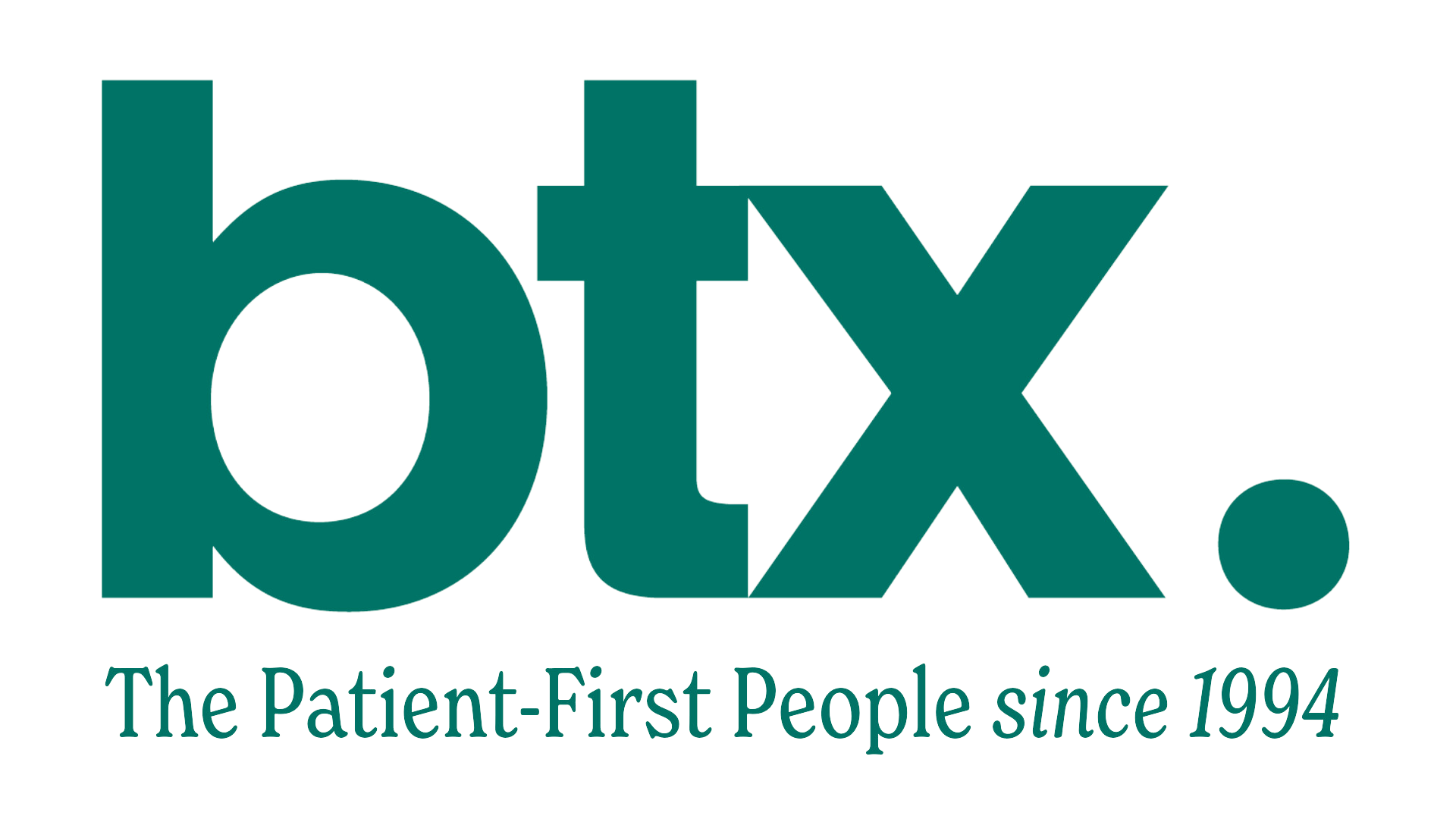|
Conducting AIMS Screening The Abnormal Involuntary Movement Scale (AIMS) is a standardized tool that was designed in the 1970s to measure involuntary movements known as tardive dyskinesia (TD) which is a disorder that sometimes develops as a side effect of long-term treatment with neuroleptic antipsychotic medications. Many health care providers have procedures in place to complete AIMS testing on a routine basis when the residents use antipsychotic medications to promptly identify signs of TD. What is required in the nursing home regulations vs. what is the best practice? Appendix PP for nursing home providers includes a statement in the interpretative guidance for antipsychotic medications that states “use of a tool, such as the CMS Adverse Drug Event Trigger Tool, may assist in identifying resident risk factors and triggers for adverse drug events as well as in determining whether a facility has systems and processes in place to minimize risk factors and mitigate harm to residents.” As you can see, the guidance does not indicate specifically that the AIMS must be used as a tool to identify possible TD, nor does it identify the frequency that these tools must be used. The Gerontological Advanced Practice Nurses Association (GAPNA) released a document from Neurocrine Biosciences that provides great information on the AIMS tool entitled The Abnormal Involuntary Movement Scale (AIMS): What, Why, When, and How. The guidance indicates that the AIMS tool is great to identify when the providers should discuss possible TD with the resident’s practitioner. However, it identifies that the practitioner should also be completing the AIMS along with other TD assessments during each visit when the resident takes an antipsychotic medication. For individuals not at high risk, they recommend completing at baseline and then every 12 months. Individuals at high risk should be assessed at baseline and then every 6 months. High risk individuals include those 55 years and older, white, African, and African American race/ethnicity, presence of a mood disorder, intellectual disability, or central nervous system injury, and past or current akathisia, clinically significant parkinsonism, or acute dystonic reactions. At the end of the day, if your policy and procedures indicate that you will complete an AIMS quarterly, the surveyors will expect that you are following your policy. Before you change any practices, you should discuss the risk vs. benefits of the change with your medical director to ensure they support the change. If your medical director is not comfortable with recommending changes, you can consult with your mental health provider and then pass their input to your medical director to influence their decision. References: (Retrieved 2025. Oct. 21). Abnormal Involuntary Movement Scale. https://www.encyclopedia.com/medicine/encyclopedias-almanacs-transcripts-and-maps/abnormal-involuntary-movement-scale GAPNA. (Retrieved 2025. Oct. 21). The Abnormal Involuntary Movement Scale (AIMS): What, Why, When and How. https://www.gapna.org/sites/default/files/documents/sponsors/theaimswhatwhywhenhow.pdf CMS. (2025. Jul. 23). Appendix PP – Guidance to Surveyors for Long Term Care Facilities. https://www.cms.gov/regulations-and-guidance/guidance/manuals/downloads/som107ap_pp_guidelines_ltcf.pdf |













